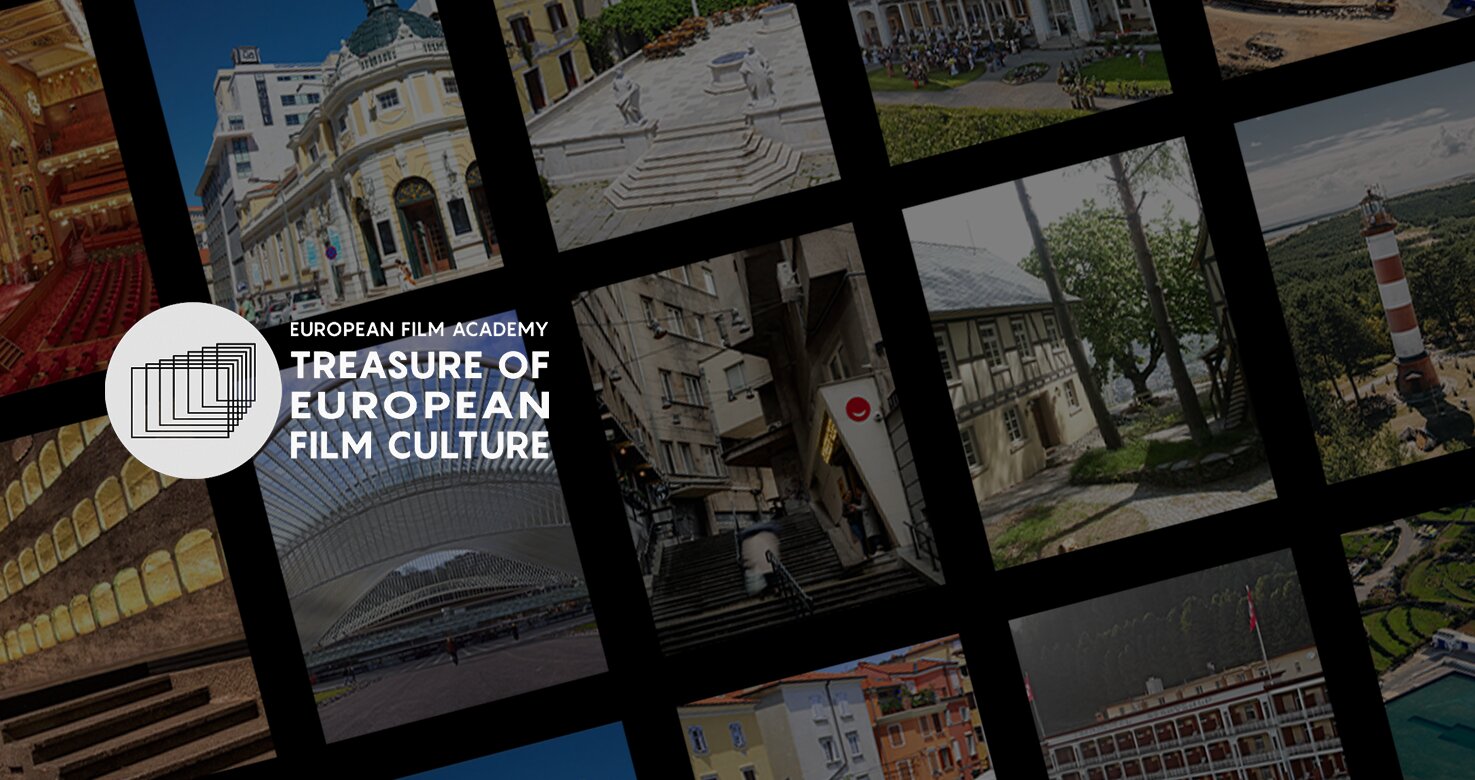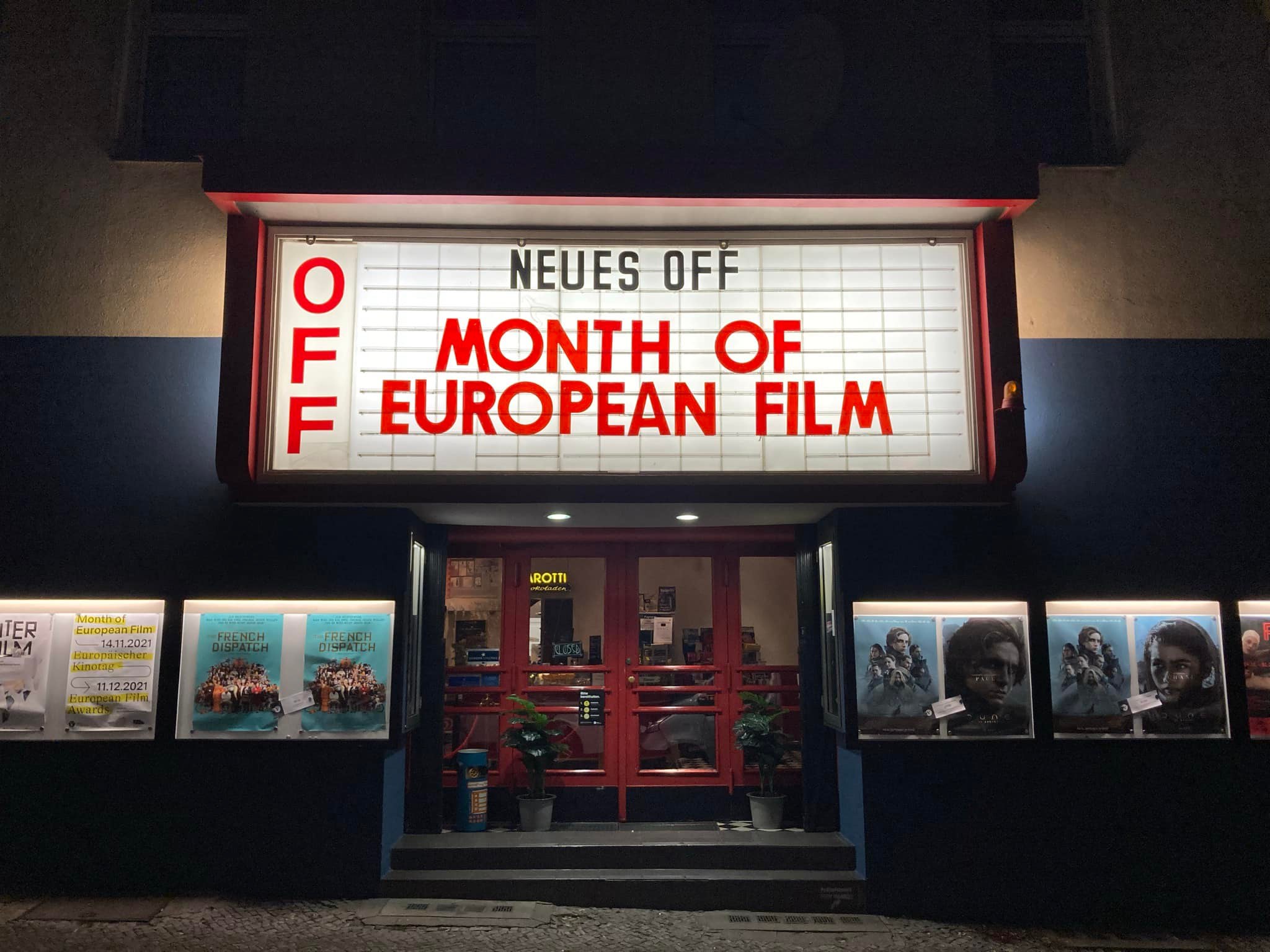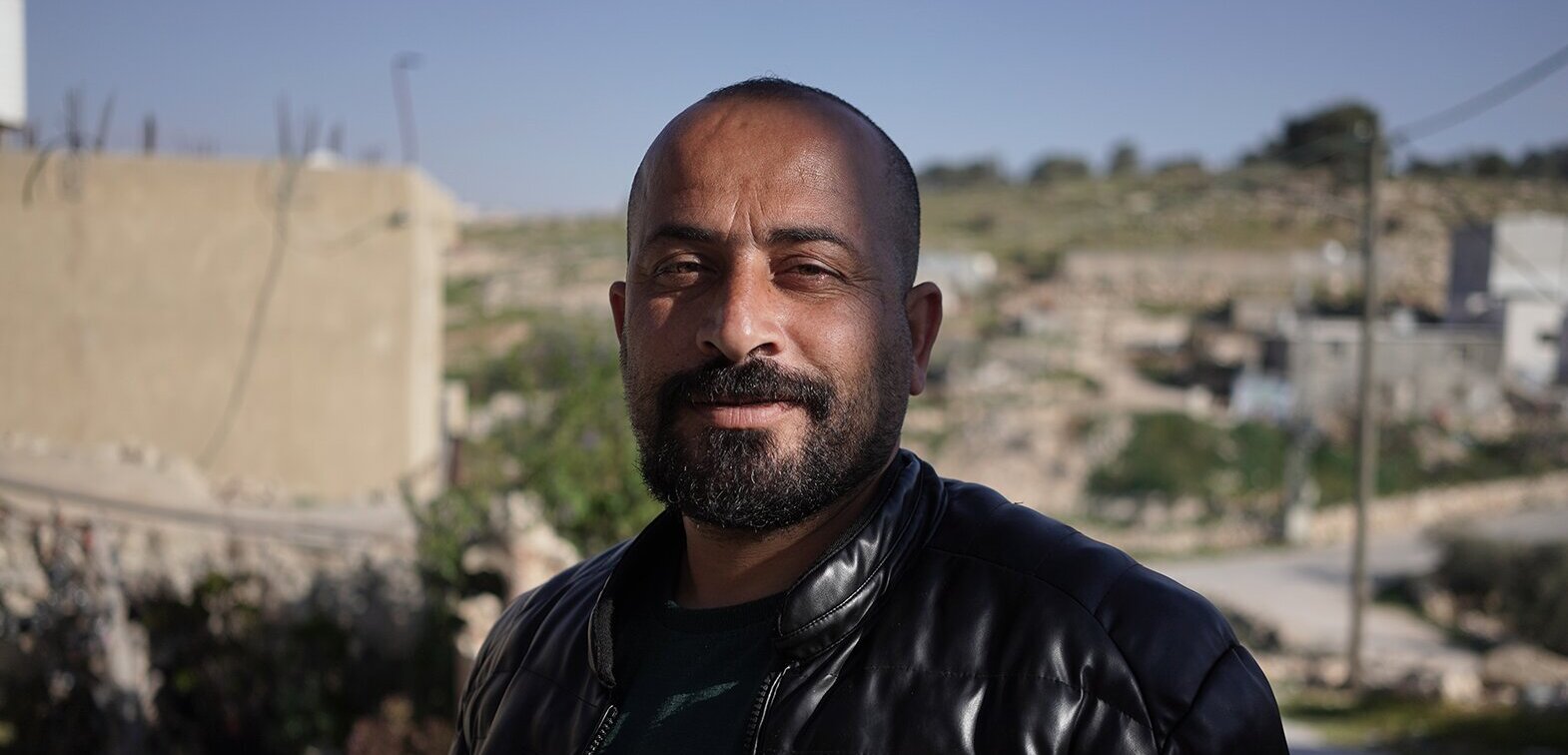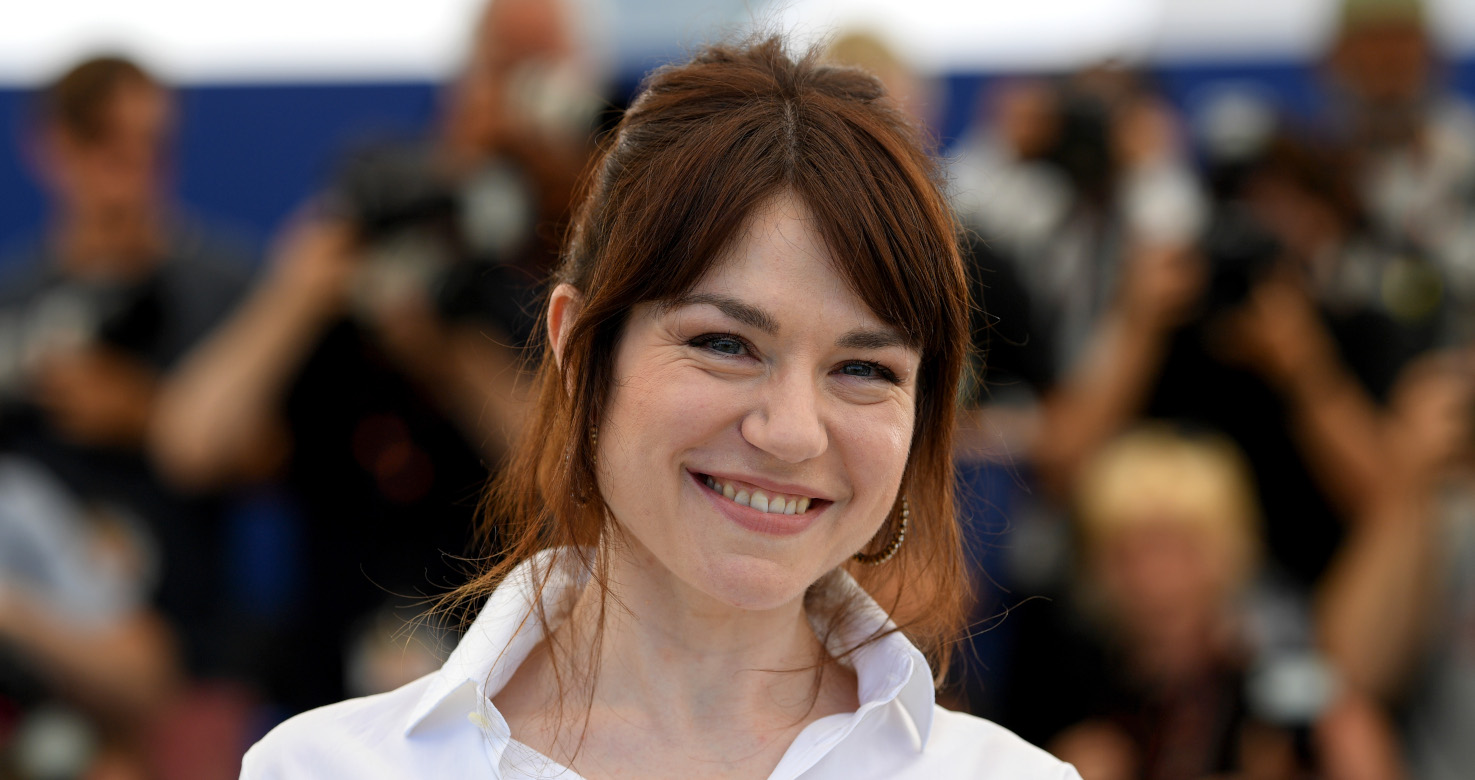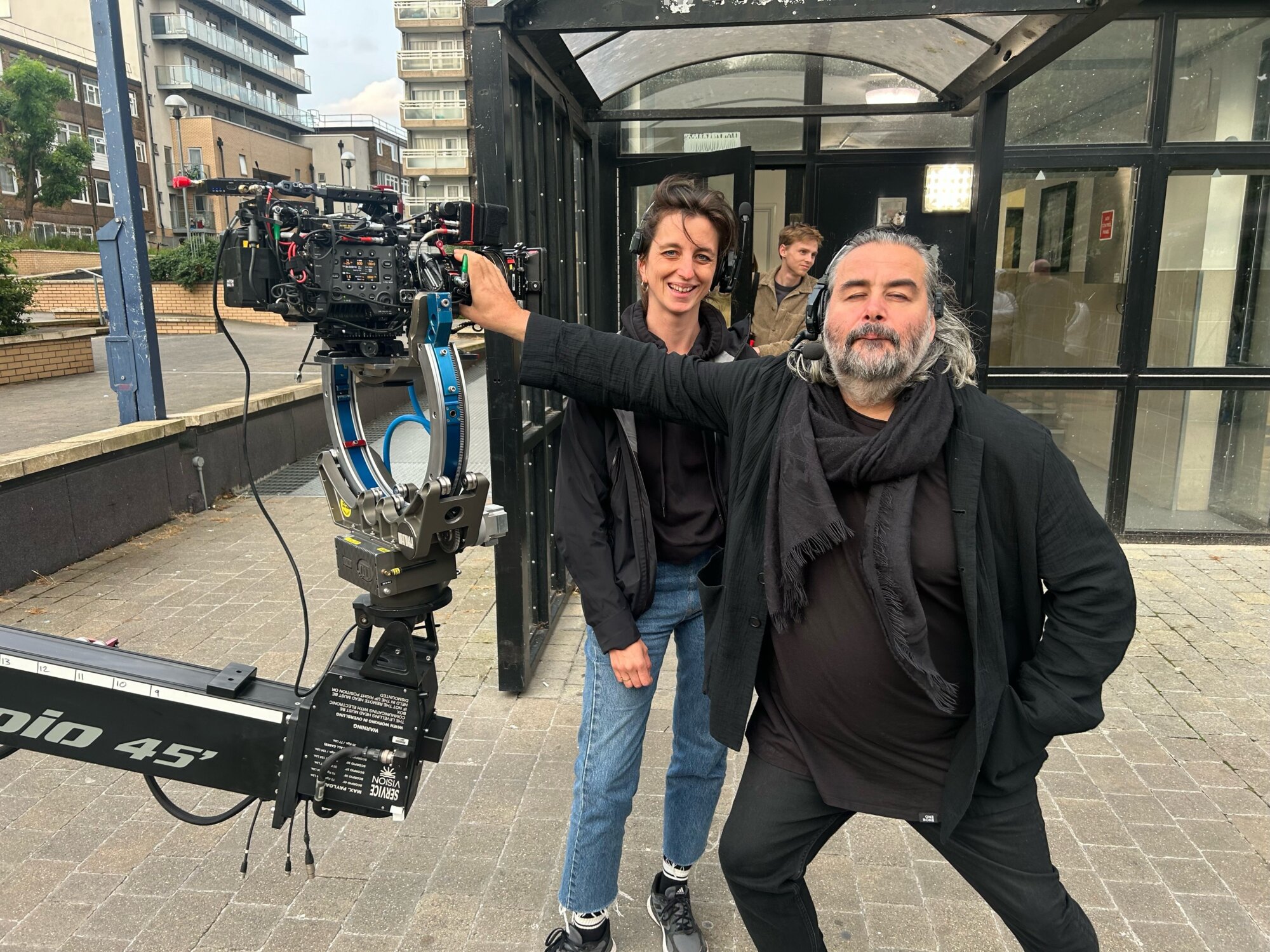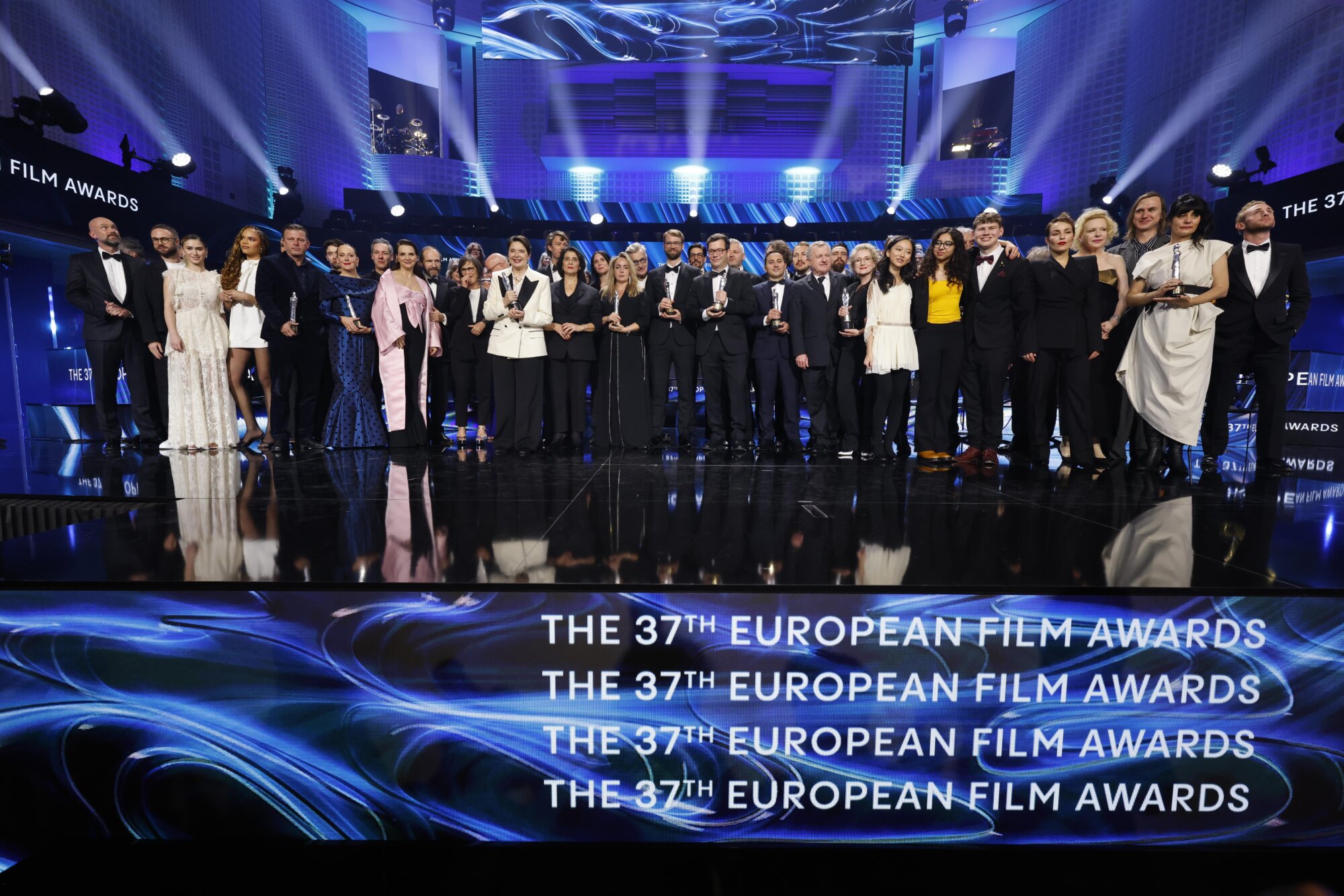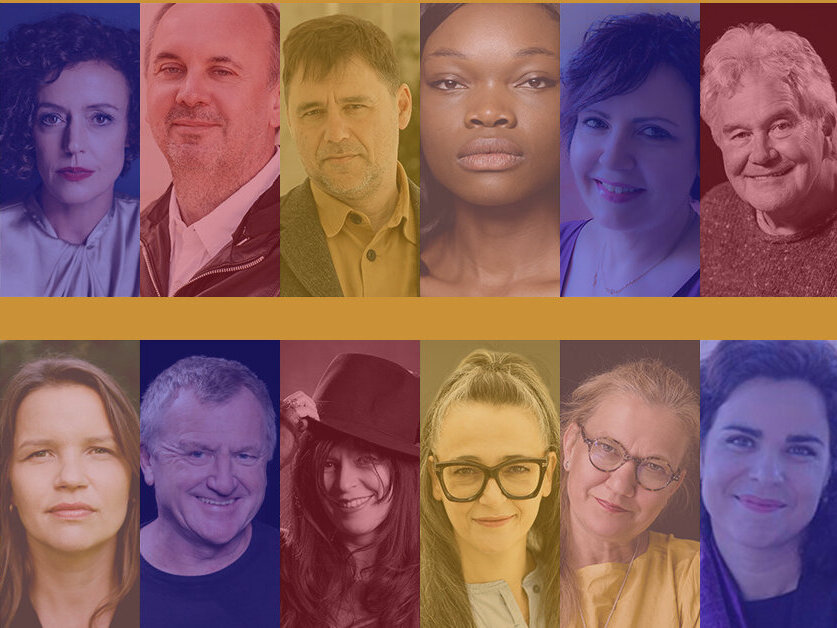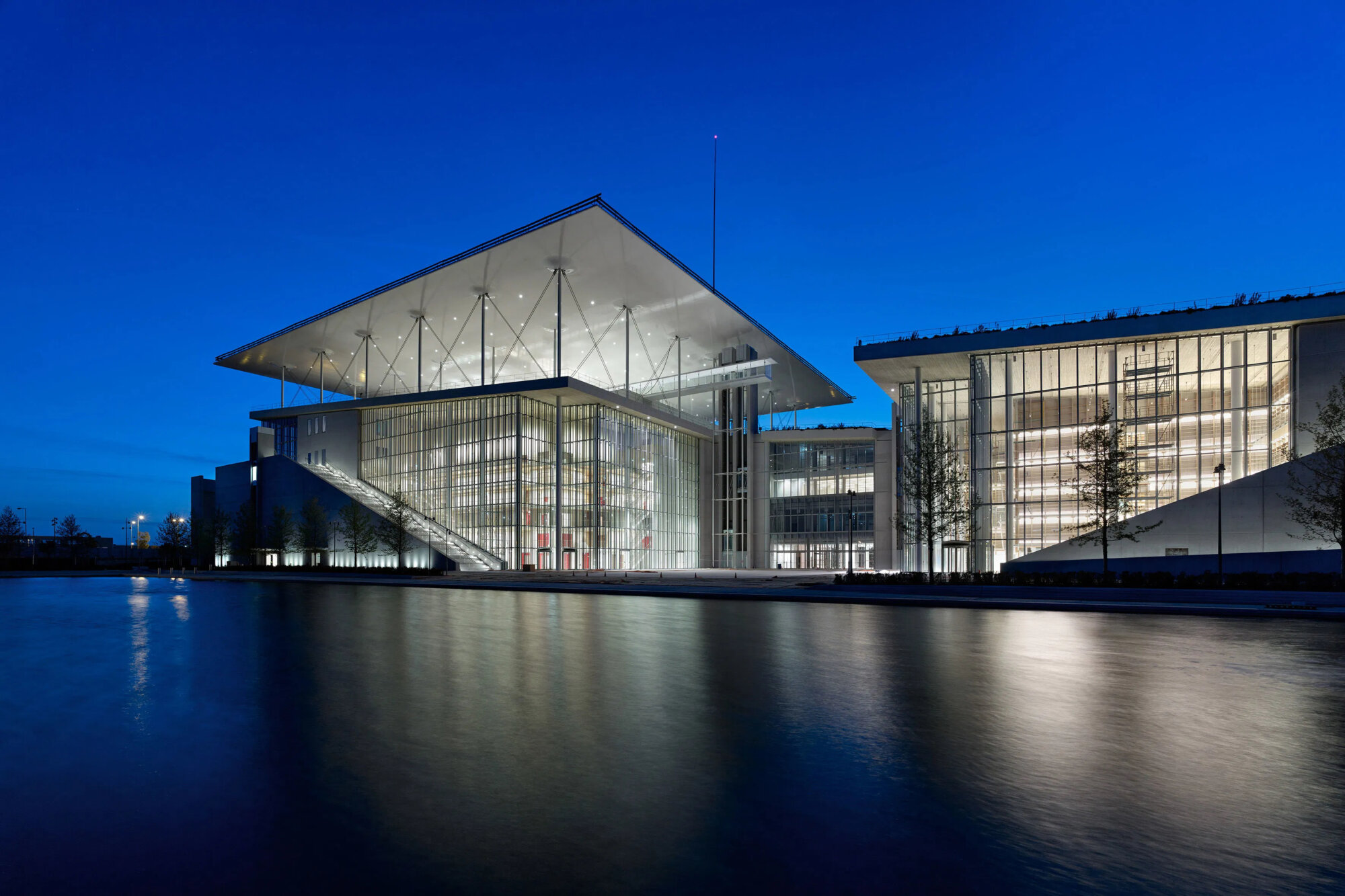THE LANDSCAPE AND THE FURY
THE LANDSCAPE AND THE FURY
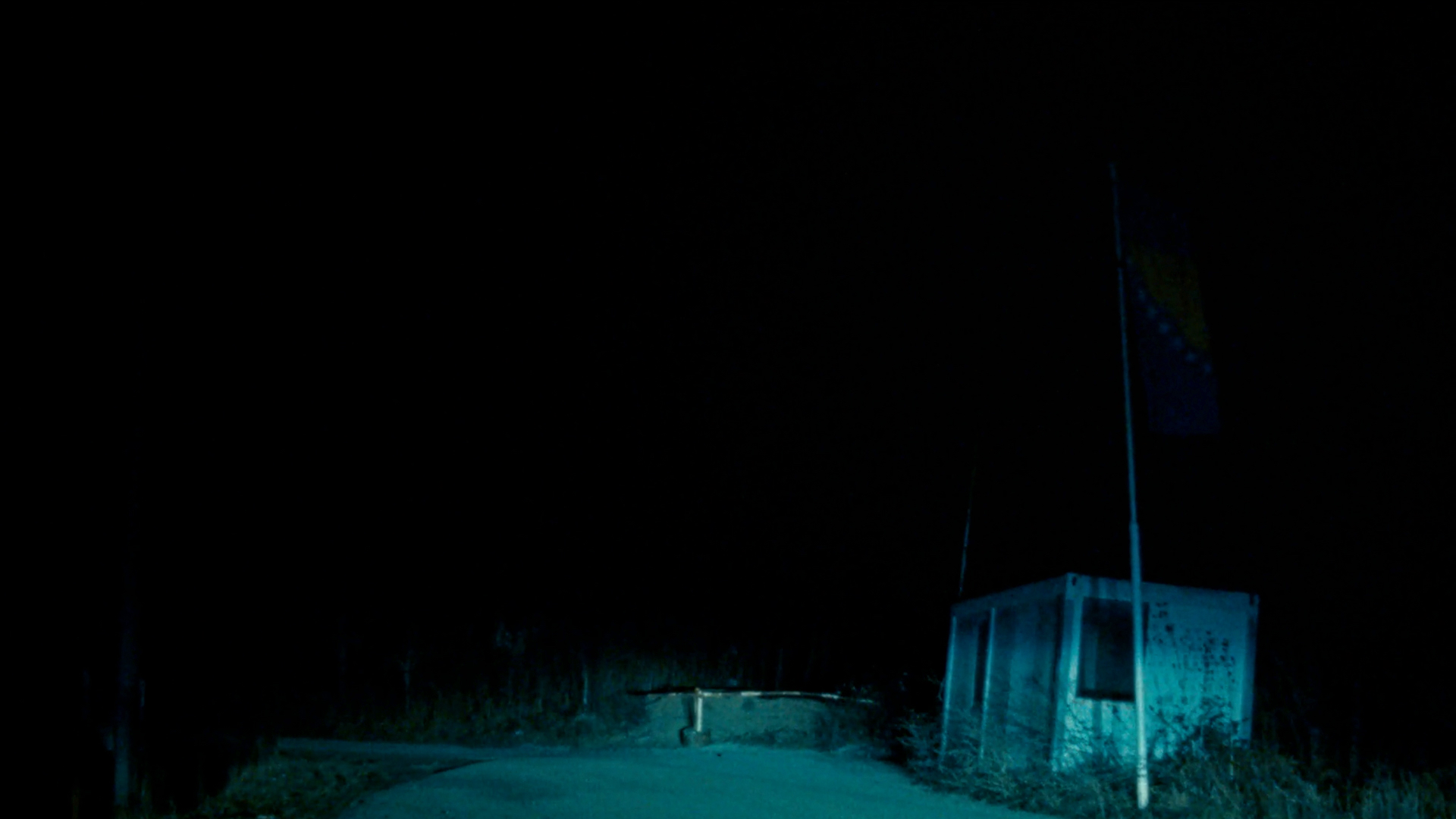
THE LANDSCAPE AND THE FURY
Switzerland
SYNOPSIS
This is a cinematographic essay centring around the region of the Bosnian-Croatian border near Velika Kladuša, and explores questions of displacement, violence and also everyday life and coincidence. It is about scars that break open, war memories that are awakened, profound encounters between people. A kaleidoscope of landscape and fury.
CREDITS
Written & directed by: Nicole Vögele
Produced by: Aline Schmid, Adrian Blaser
Cinematography: Stefan Sick
Editing: Hannes Bruun
Sound: Jean-Pierre Gerth, Jonathan Schorr
STATEMENT OF THE DIRECTOR
As with my last film CLOSING TIME, for THE LANDSCAPE AND THE FURY we spent a long time at a specific crossroads, we observed, watched and collected. The result, once again, is a sort of panorama, but this time in a place that is heavily politically and historically charged. The external EU border between Croatia and Bosnia-Herzegovina stretches across 932 kilometres. 932 kilometres of forest, fields, hills, mountains. It’s absurd, if you think about it: the EU’s external border is a nearly 1,000-kilometer strip of nature and remoteness. Protected by this lack of scrutiny, the Croatian police have set up a sophisticated pushback system. It mostly happens at night: that’s when the police officers transport the apprehended migrants to a border stone, a border river, and escort, chase or beat the people out of the European Union. Back into Bosnia. This is the everyday life of the political consensus: “protect external borders.”
In 2018, a coincidence led me to Sarajevo. For a couple of weeks, I lent some friends a hand, on the Balkan route. I handed out clothes, organised warm showers and firewood. Almost all refugees told of the horrors in the woods. I spoke to hundreds – of the THOUSANDS – affected. Broken arms, knocked out teeth, serious head injuries. Hardly anyone was reporting these abuses; Croatia firmly claimed it all to be lies. Despite books filled with testimonies, politicians successfully denied these human rights violations ever existed. Evidence was needed, and quickly. But “quickly” took a few years. In 2019, I was able to capture the first video evidence of an illegal deportation for Swiss television. But we still lacked evidence of the brutal violence involved in illegal deportations. In 2021, after months of investigations with collaborators from Lighthouse Reports, Der Spiegel, ARD and local media, we were able to capture the first close-up images of a Croatian special unit beating people and we thus had proof that these violent squads were financed by EU funds.
For my investigations, I spent months in the Bosnian border woods with thermal imaging and wildlife cameras, telephoto lenses and hidden microphones, camouflaged, crouching in the same bush for endless days. One night, the Bosnian hunter who was waiting with me on his vantage point, began to talk about the war, about the hills opposite which he defended back then and his best friend’s blood that splattered across his face when he was shot right next to him. In moments like these everything shifts out of focus and flows together into one great blur and, not least of all, time. Present and past. That’s when you want to grasp at something that is more powerful than just logical processes and facts. It is this backdrop that gave way to the filmic essay THE LANDSCAPE AND THE FURY. I should be saying so much more with these images and experiences piling up inside me. The moment when a deeply disturbed Iraqi family suddenly appears next to where the local children are playing football. The very unique topographies of the hidden pushback spots, their aura. Much of all this would at most have fit in-between the lines of a journalistic reportage. A great deal of it would have been lost. The monstrosity in these green hills, the heavily trodden ground, in these forests full of mighty trees. It does not manifest itself immediately. It oscillates. A kaleidoscope of pain in the rustling leaves. With my stubborn approach as a filmmaker, I wanted to grapple with this spot on earth, this spot of World Soul. Perhaps I‘d call it an attempt to “capture a floating truth.”
- Documentary Film Selection 2024

